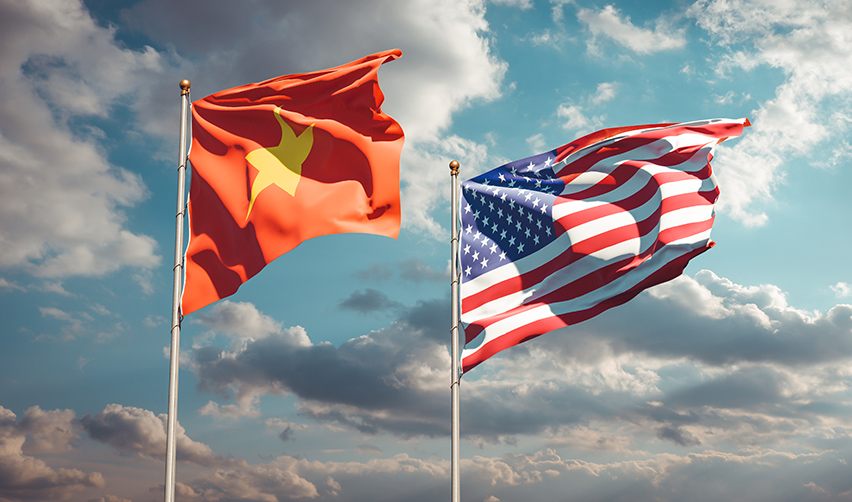Although the EB-5 Immigrant Investor Program started out with little interest in 1990, the late 2010s witnessed an unprecedented surge in the demand for EB-5 investment visas. This, combined with a visa allocation quota restriction based on country of citizenship at United States Citizenship and Immigration Services (USCIS), caused significant and ever-increasing backlogs in EB5 investment visa processing. Under this rule, each home country of citizenship has a limited number of visas that can be granted in a given fiscal year, regardless of population size or demand.
Visa allocation quotas affect investors from high-demand countries like China and Vietnam most, since these immigrants often face backlogs as they are pushed to subsequent fiscal years, should they not make the initial cut. In China’s case, EB-5 visa backlogs began in 2014, when EB-5 demand in both China and the world increased. Given this and China’s share of 80% of the EB-5 investment program investors, Chinese citizens seeking a visa are often told to wait as long as seven or more years, as of June 2021.
Similarly, demand for the EB-5 investment visa in Vietnam also surged in 2018, putting them alongside China in USCIS’s monthly Visa Bulletin. Nevertheless, the backlog that Vietnam faces is nowhere near that of their northern neighbor. In fact, U.S. Department of State Visa Control and Reporting Division chief, Charles Oppenheim, even predicted that Vietnamese EB-5 applicants should expect to see the backlog cleared by September 2021. Although this figure is much less than that of China’s, it is still rather slow and tedious compared to the rest of the world.
The Change in Vietnamese Final Action Date Came as a Surprise
Throughout 2020 and most of 2021, given the disruptions caused by COVID-19, the final action date for Vietnamese EB-5 visa applicants remained stagnant at April 15, 2018 as of June 2021. Then, coming as a sudden surprise, the July 2021 Visa Bulletin “magically” turned the April 15, 2019, final action date to April 1, 2021––almost a full two years’ worth of visa applicants freshly available for processing. This came as an absolute shock to Vietnamese investors, who faced significant uncertainties prior to July 2021, when even one month of final action date advancement was considered substantial. Compared to its neighbor to the north, where the Chinese final action date did not advance for almost a year, Vietnamese EB-5 investors now see a bright and efficient future ahead.
The Sharp Change in the Vietnamese Final Action Date, Explained
Ultimately, the unexpected change in the Vietnamese final action date is not that unrealistic. In fact, Vietnam is not the only country to have experienced such a phenomenon––India, too, went through the same situation in July 2020. Therefore, the prediction of the backlog clearing up for Vietnamese EB-5 investors in September 2021 is not at all unreasonable.
To explain this sudden change in the Vietnamese final action date, EB-5 investors can look to USCIS’s slow processing of I-526 petitions, which has sped up the EB5 investment visa processing time. Although at first glance, the slowing down of I-526 petition processing might seem unfavorable to Vietnamese EB-5 investors, this is actually beneficial because EB-5 visa applicants would have to wait for processing either way––but with a pending I-526 petition, Vietnamese EB-5 investors can rest assured that their child will be protected from aging out.
Furthermore, given the COVID-19 pandemic, many U.S. embassies and consulates around the world had to close and limit their visa processing abilities. Despite this, the U.S. consulate in Ho Chi Minh City was in a good spot, in terms of public health, in 2021, allowing them to issue over 320 EB-5 visas in March 2021, totaling up to over 540 EB-5 visas by April 2021.
In contrast, the U.S. consulates in Guangzhou, China, and Mumbai, India, have been facing significant delays in the resumption of consular operations, causing them to issue very few EB-5 visas, if any, to Chinese and Indian EB-5 visa applicants. From October 2020 to April 2021, only 14 EB-5 visas were issued to Chinese nationals, with only 29 total visas for Indian EB-5 applicants.
Given these circumstances, EB-5 investors from Vietnam can be hopeful about getting their visa applications processed quickly. In fact, Vietnam is likely to become the only country to hit the 1,302 annual visa quota in FY2021. Not only that, but this upper limit is also expected to increase to 1,441 visas for FY2022 as more than 20,000 family-based visa categories are set to roll over to EB-5 investment visas for all countries, which would subsequently help not only Vietnam but also other countries like China as consular operations resume as well. As such, Vietnamese EB-5 investors can still remain worry-free, even if the country faces another backlog in 2022.








